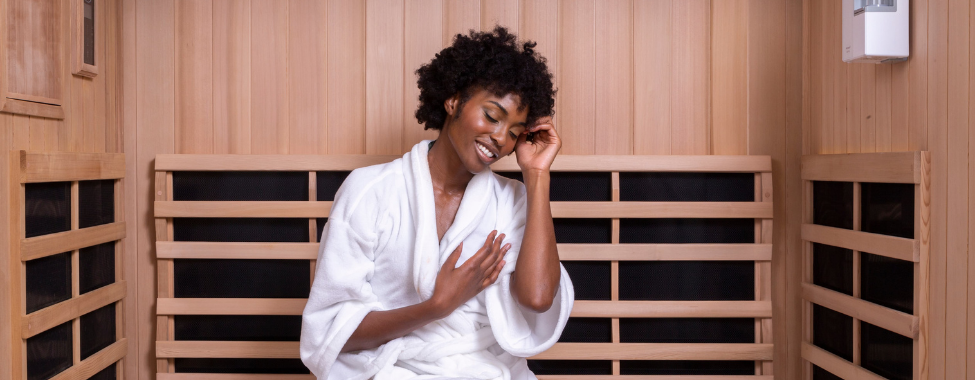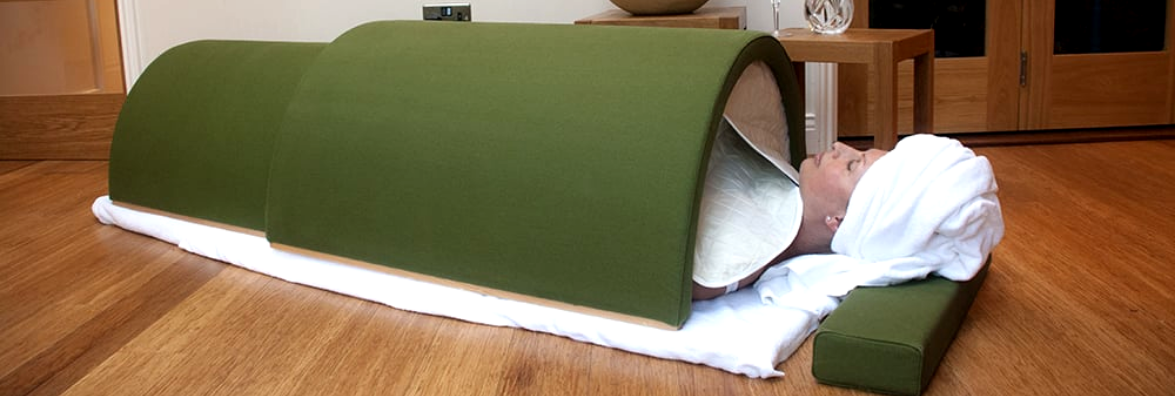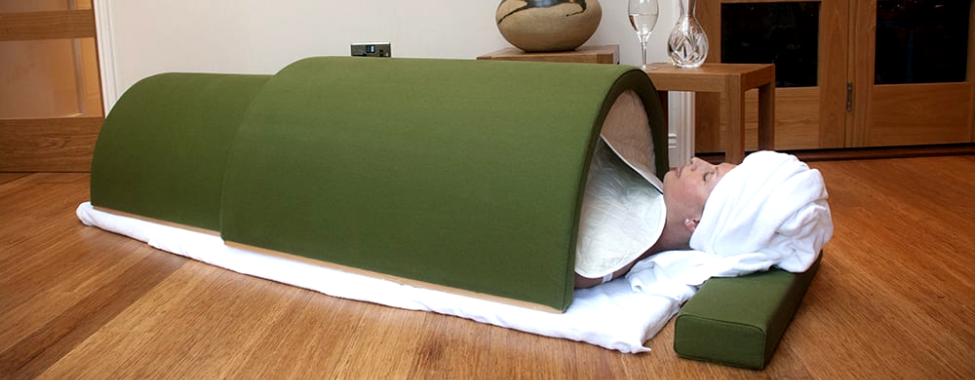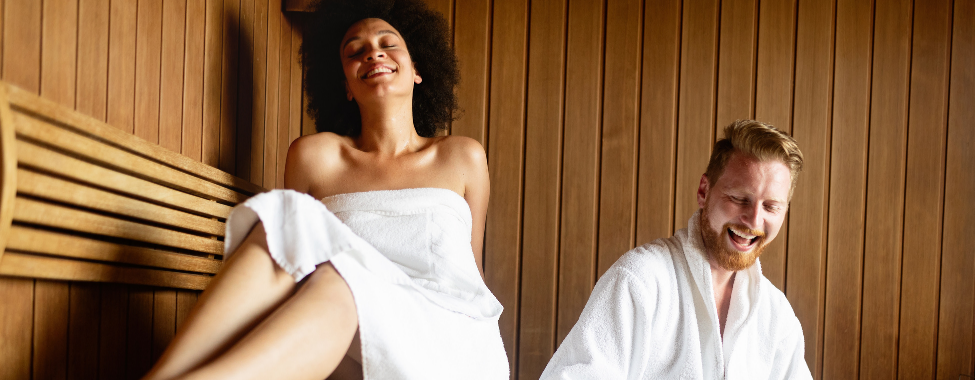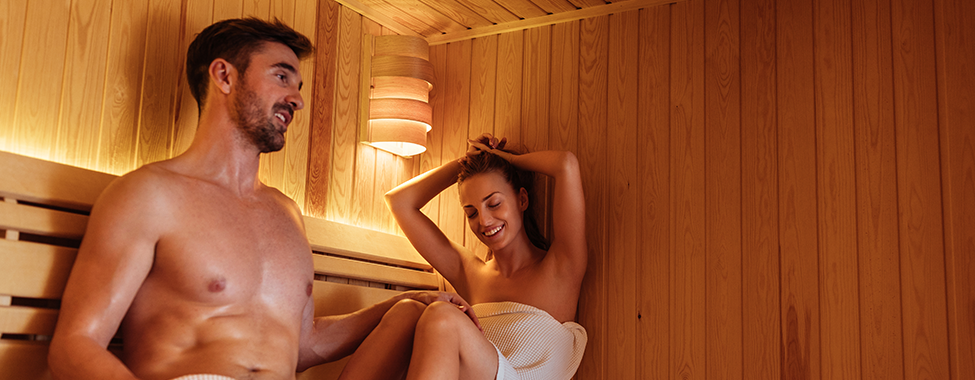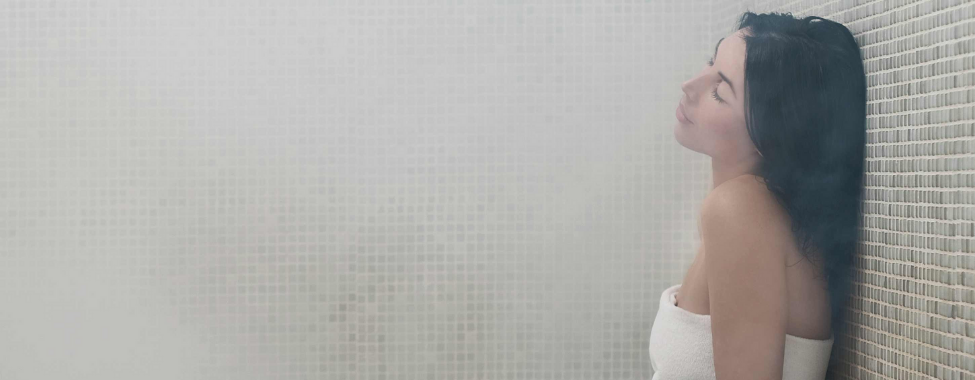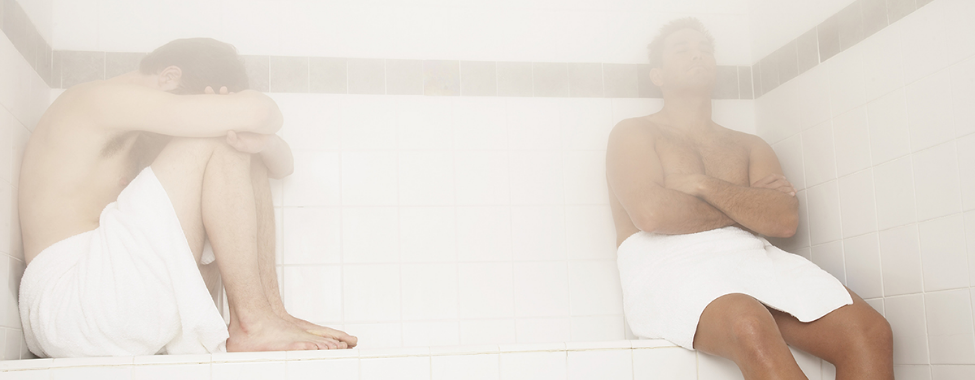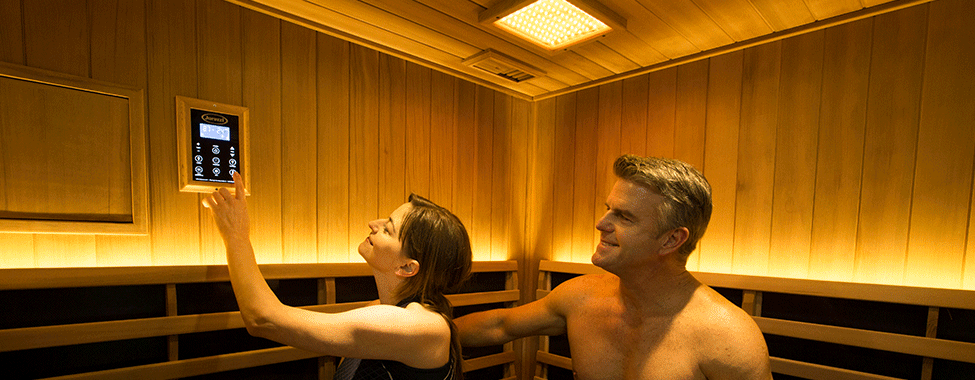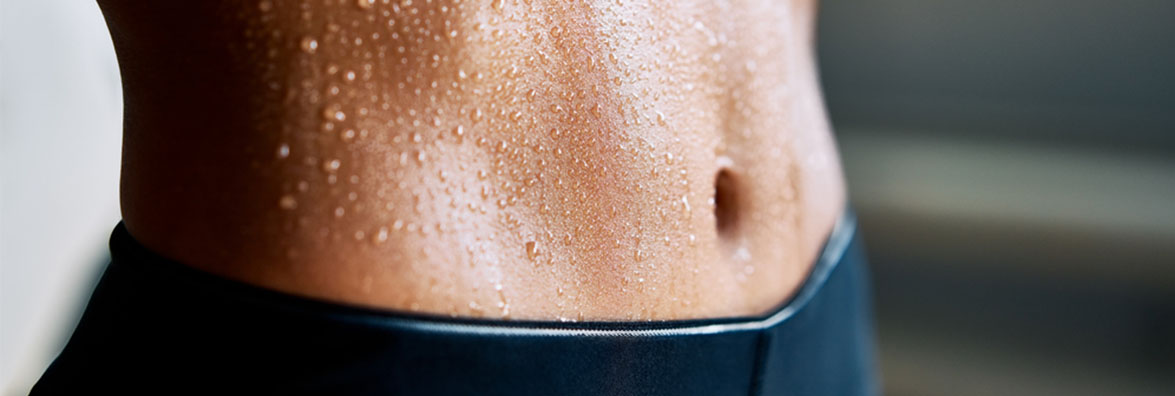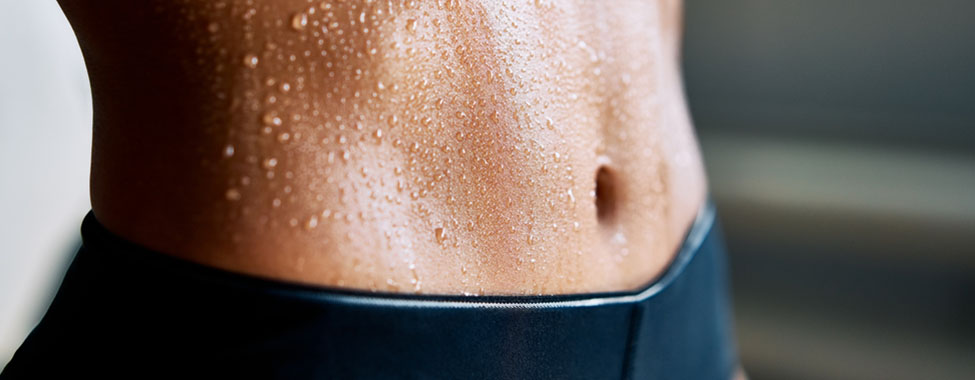Working from home has become the norm for many in the last year, and was a major shift in how we all work. In fact, 7 in 10 white-collar workers are still working remotely after all this time. Separating work from home has been easy for some and difficult for others, but the difficulties can be lessened with a bit of self-care and structure. If working from home has become part of your work schedule either recently or for the last few months, these tips will help you stay energized throughout the day when your home and office are in the same space!

How to Stay Healthy While Working from Home
Go for a Walk
Adjusting to working from home means adjusting to a calmer environment, which also could mean adjusting to a more sedentary work style. You might not have noticed it in the office, but once you don’t have coworkers’ desks to visit, conference rooms to rush to, or the printer to check, you’ll realize the lack of movement at home. Go for a walk every couple of hours or so to get your blood pumping and your body moving. Walking can help you stretch your legs, burn some calories, and get you out of uncomfortably sitting in a chair all day.
Use a Sauna
If you have access to an infrared sauna while working from home, it can be one of the most helpful health tools. Since sauna sessions can be as long or short as you need them to be, it can be a great way to break up your day. Start off with a mini session before, during, or after work to help you feel energized and have mental clarity – you can even use essential oils to awaken the senses or to help you feel relaxed. And if you had to, the dry heat of saunas allows you to bring in electronics, which means you can even answer work emails or take a call while in it (though we recommend you have some time for yourself!).
Your sauna is also a great place to meditate when you do get that time to yourself. Even a 10-minute meditation and some stretching in your sauna can help. And with working from home typically being sedentary, sauna use can help you burn more calories than just simply sitting at your desk.
Stretch Often
If you don’t have a sauna at home, still make it a point to get up out of your chair and move your body from time to time. Stretching is so important, especially when working from home when many don’t have the same desk setup as when they did back in the office with ergonomic chairs and keyboards. Set a timer to stretch at least every two hours. Stand up, touch your toes, roll your neck, stretch your wrists and fingers. This helps your body increase circulation and can also help prevent you from forming poor posture.

Meal Prep
When you work from home, you don’t have access to your company’s office kitchen stocked with snacks at all times. And you likely don’t have company-sponsored lunches. This means you and your pantry are fully responsible for those midday work snack attacks! Meal prepping at the start of every week can help combat the issue of not having anything in the fridge to snack on when you need a little boost. Making your own meals also helps you stay on track with eating healthy, which in turn can help you focus better and have more energy.
Drink Water
Staying hydrated while working from home is something that is easily forgotten. If you’re used to the easy-access office water cooler at the office, you might find it harder to keep track of your water intake when you have to make a trek to the kitchen. Either set water reminders throughout the day to fill up your cup or get a big water bottle and set timers to encourage you to finish the water by the end of the day. Staying hydrated will help you feel better and sharper throughout the workday.
Talk with Someone
This one is for your mental health. In the office, you probably talked to multiple people throughout the day. That face-to-face contact and direct conversation is something that is lost when working from home. Over time, the lack of physical presence of other people can make you feel isolated and alone. Make it a goal to hear someone’s voice every day, whether that means scheduling a meeting with your coworker, calling a friend, or even simply going to the grocery store and saying hi to the cashier. Speaking to someone can really make a difference!

Work from Home Motivation Tips
Stick to a Schedule
One big difference between working in an office and working from home is the change in structure. In the office, there is a social expectation to be somewhere at a certain time and looking a certain way. At home, things might not be so rigid. While the increase in freedom may sound nice, it is also important to stick to somewhat of a schedule and a routine to keep you from losing motivation. It doesn’t have to be anything too involved, simply get up at the same time every morning, put on an outfit other than PJs, and set work hours that don’t blend with home hours.
Reward Yourself
Working from home can start to feel a bit monotonous – if you let it. Monotony definitely has an impact on your motivation, so it’s best to keep things interesting in your home office. Break up the day and boost your motivation to complete tasks by rewarding yourself from time to time. For example, reward yourself for finishing a presentation by getting a fancy coffee from the coffee shop. Or reward yourself for getting through that long call with 15 minutes of you-time in your infrared sauna. Make your reward anything you’ll look forward to after a task.
Go for a Walk (again)
Yes, a second recommendation to go for a walk! But this time, it’s for motivation while working from home. Sometimes all you need is a break from your desk and some fresh air to get you back into the right mindset to knock out your next task or project. Dedicate some time every day to walk around the block a few times and leave your work at home. Use your walk as a time to connect with yourself and take a break from your computer. If the weather isn’t great, try replacing your walk with some yoga or meditation inside to give your mind a break.
Whether you are recently starting a new work-from-home position or have been working remotely for months, these tips can help you feel more structured, organized, energized, and motivated in your home office. The switch from office to home is definitely a learning experience that can be handled by putting extra effort into taking care of yourself. Movement, mental health breaks, and schedules will hopefully make your work-from-home experience a bit more enjoyable!
 Canada
Canada Australia
Australia New Zealand
New Zealand Germany
Germany UK
UK EU
EU Ireland
Ireland Malaysia
Malaysia China
China



